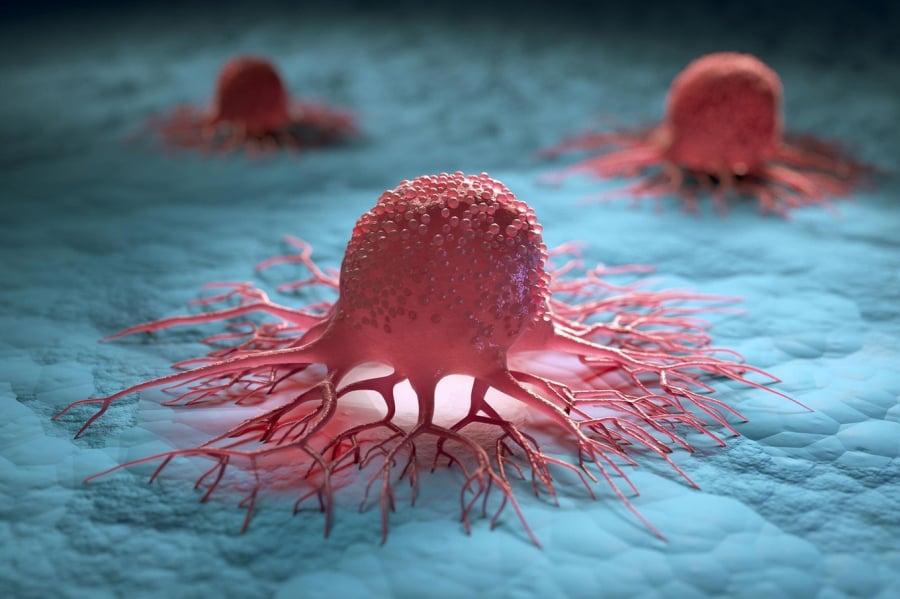Cancer – A Lifestyle-induced Disease
According to Dr. Yujiro Nakayama, a cancer surgeon from Japan, most cancers originate from genetic damage. However, he emphasizes that cancer can also be considered a lifestyle-related disease.
In other words, daily habits directly impact one’s risk of developing cancer. Unhealthy behaviors such as imbalanced diets, smoking, alcohol abuse, and prolonged stress are all factors that increase cancer risk.

Not only cancer, but other conditions like obesity, hypertension, and diabetes are also classified as “lifestyle diseases.”
Understanding this connection, Dr. Nakayama advises people to take charge of their lifestyles starting today to reduce the risk of these diseases. While one doesn’t need to make all changes at once, starting with small steps can lead to positive outcomes with persistence.
6 Effective Cancer Prevention Strategies by Dr. Yujiro Nakayama
-
Quit Smoking: This is a crucial step to reduce the risk of cancer, especially cancers related to the lungs and respiratory system.
-
Moderate Alcohol Intake: Excessive drinking increases the chances of liver cancer, breast cancer, and other types of cancer.
-
Healthy Diet: Lower salt intake, avoid extremely hot foods, and consume more fruits and vegetables to protect the digestive system and reduce cancer risk.
-
Regular Exercise: Physical activity promotes overall health, weight control, and hormone balance, all of which contribute to cancer prevention.
-
Maintain a Healthy Weight: Avoid being underweight or overweight, as both states can increase the likelihood of developing cancer.
-
Screen for Dangerous Viruses: Timely testing and treatment for viruses like Hepatitis B and C can reduce the chances of developing liver cancer.
Special Note: Stay Away from Tobacco. Tobacco is the leading cause of cancer, and everyone can take charge of their health by avoiding it.
Stay Away from Tobacco
Dr. Yujiro Nakayama particularly emphasizes that quitting tobacco plays a crucial role in cancer prevention.
He points out that smokers have a 1.5 times higher risk of developing cancer compared to non-smokers. However, it’s not just active smokers who are at risk. People living with smokers and exposed to secondhand smoke are also at risk.

Dr. Nakayama uses a compelling analogy: “Smokers are like people who intentionally cross the road against a red light. While they may get away with it a few times, the risk of an accident always looms. In contrast, waiting for the green light ensures a safe crossing without worries.”
Additionally, he sheds light on the challenges surgeons face when operating on smokers. Not only is the risk of complications higher, but smokers also tend to experience more mucus buildup and coughing after surgery. This hinders the recovery process, increases pain, and prolongs wound healing.
Some surgeons even advise patients to delay surgery or, in some cases, refuse to operate until the patient quits smoking. These facts underscore the severe health implications of smoking, impacting not just cancer risk but also surgical outcomes and overall well-being.





































